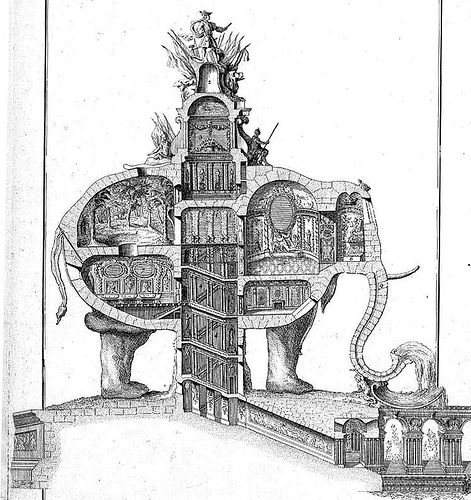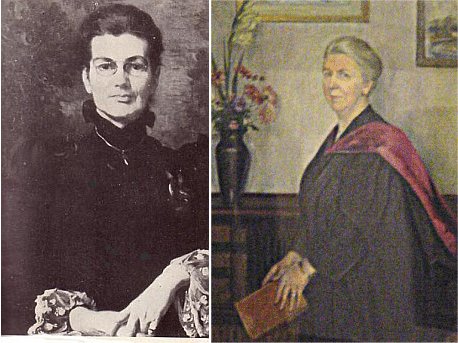“Tecumseh’s curse” refers to an odd coincidence in U.S. history: Every 20 years, we elect a president who dies in office:
- William Henry Harrison, elected in 1840, died of pneumonia in 1841.
- Abraham Lincoln, elected in 1860, was assassinated in 1865.
- James Garfield, elected in 1880, was assassinated in 1881.
- William McKinley, elected in 1900, was assassinated in 1901.
- Warren G. Harding, elected in 1920, died of a heart attack in 1923.
- Franklin D. Roosevelt, elected in 1940, died of cerebral hemorrhage in 1945.
- John F. Kennedy, elected in 1960, was assassinated in 1963.
The curse was supposedly invoked by a Native American chief’s mother as he died. Ronald Reagan and George W. Bush, for some reason, seem to have escaped.




